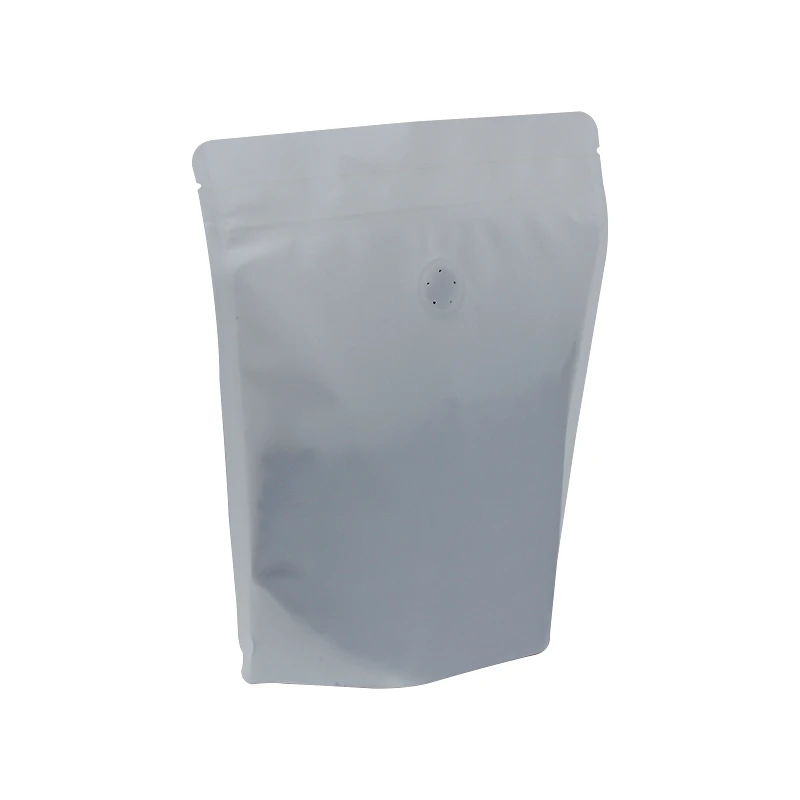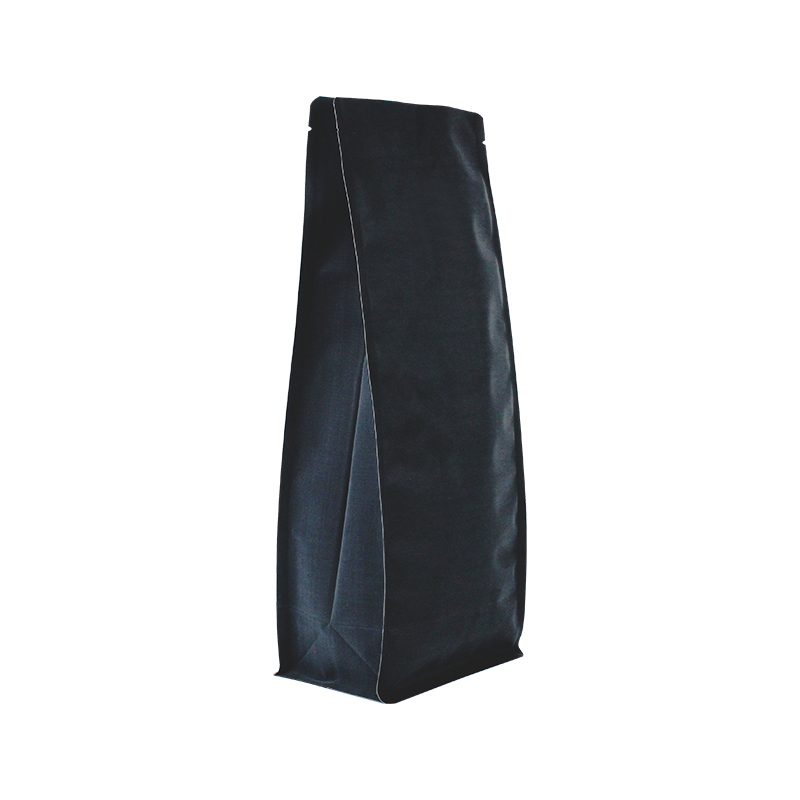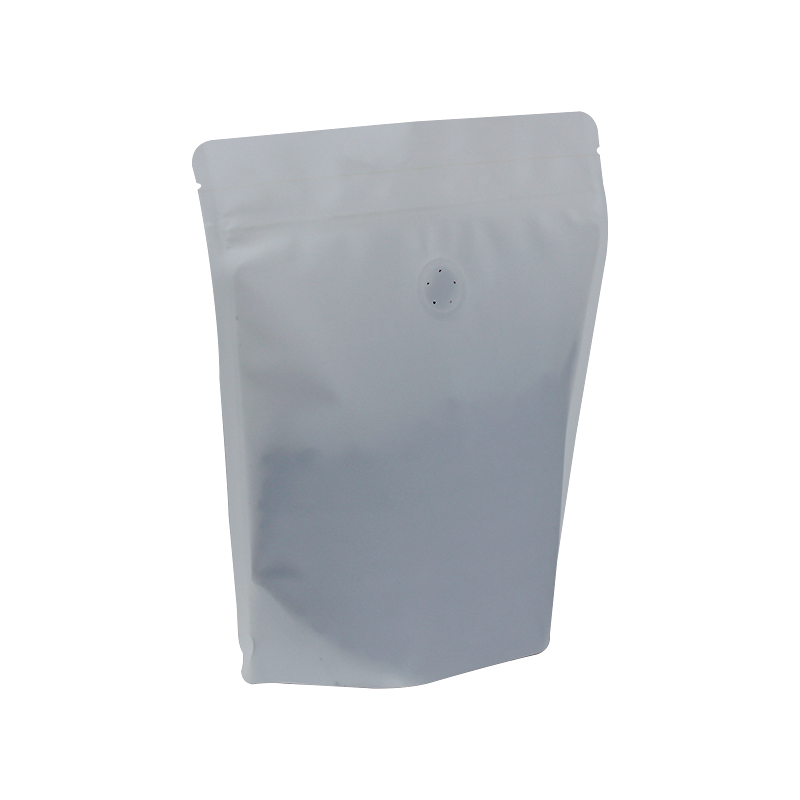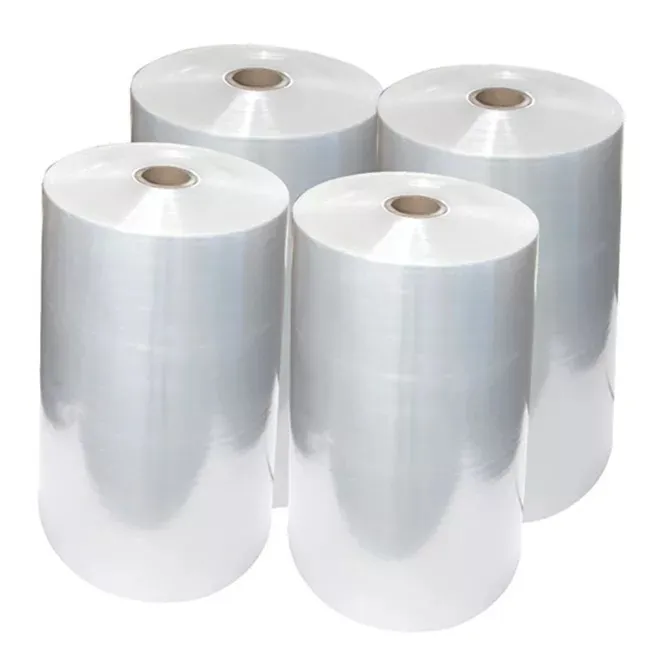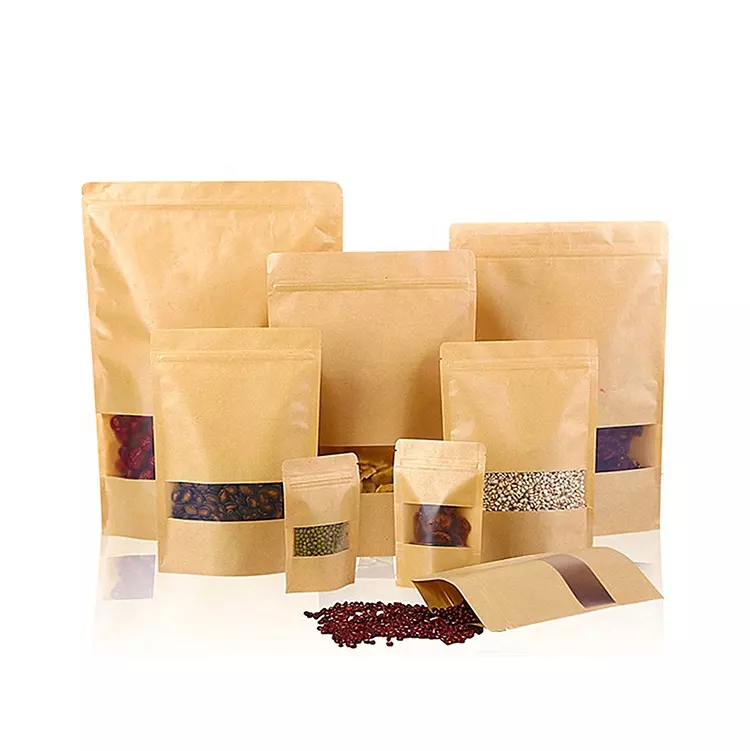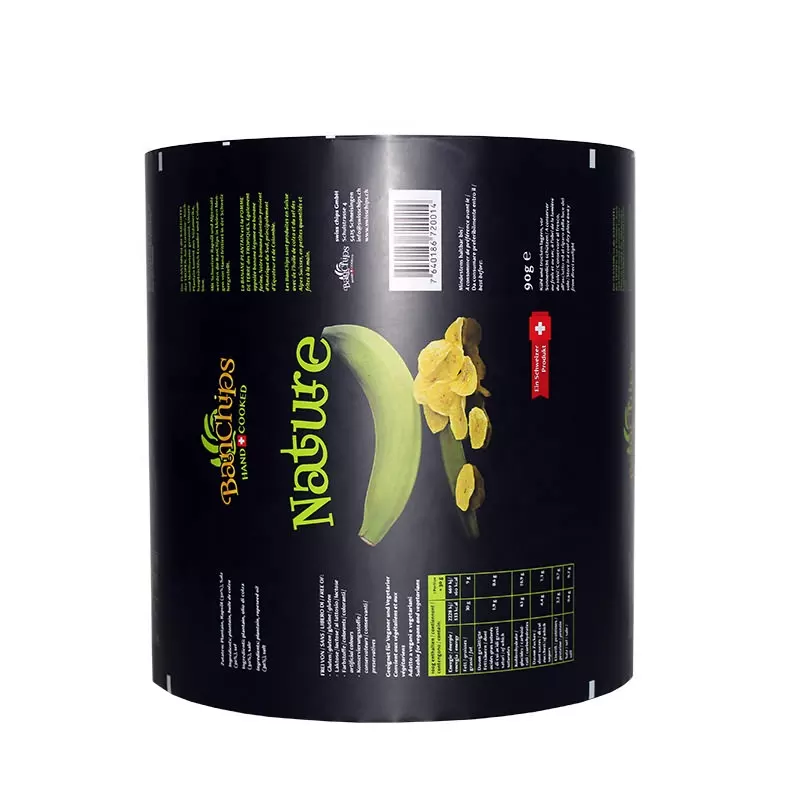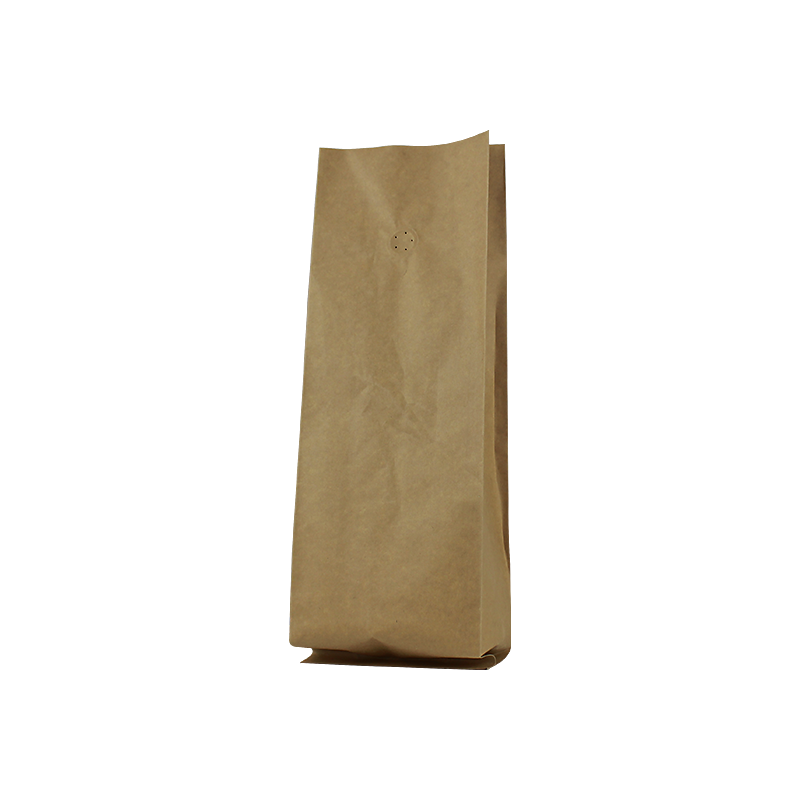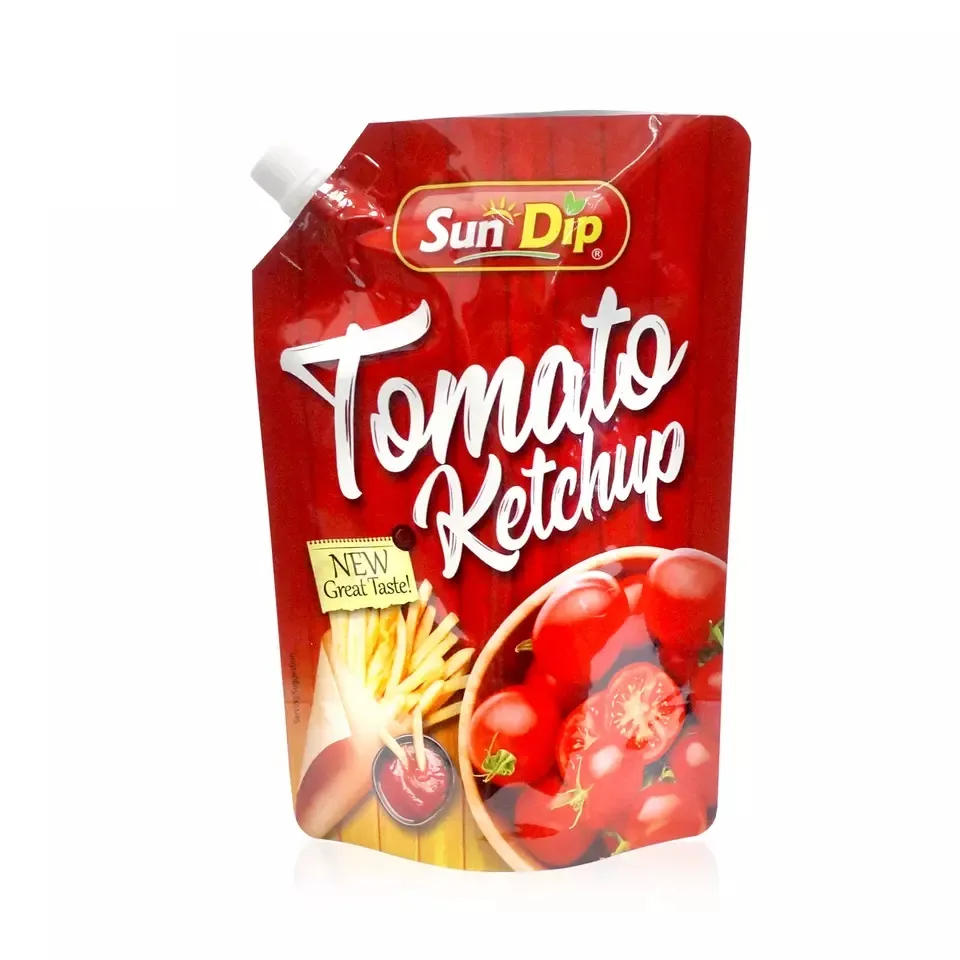- Afrikaans
- Albanian
- Amharic
- Arabic
- Armenian
- Azerbaijani
- Basque
- Belarusian
- Bengali
- Bosnian
- Bulgarian
- Catalan
- Cebuano
- chinese_simplified
- chinese_traditional
- Corsican
- Croatian
- Czech
- Danish
- Dutch
- English
- Esperanto
- Estonian
- Finnish
- French
- Frisian
- Galician
- Georgian
- German
- Greek
- Gujarati
- haitian_creole
- hausa
- hawaiian
- Hebrew
- Hindi
- Miao
- Hungarian
- Icelandic
- igbo
- Indonesian
- irish
- Italian
- Japanese
- Javanese
- Kannada
- kazakh
- Khmer
- Rwandese
- Korean
- Kurdish
- Kyrgyz
- Lao
- Latin
- Latvian
- Lithuanian
- Luxembourgish
- Macedonian
- Malgashi
- Malay
- Malayalam
- Maltese
- Maori
- Marathi
- Mongolian
- Myanmar
- Nepali
- Norwegian
- Norwegian
- Occitan
- Pashto
- Persian
- Polish
- Portuguese
- Punjabi
- Romanian
- Russian
- Samoan
- scottish-gaelic
- Serbian
- Sesotho
- Shona
- Sindhi
- Sinhala
- Slovak
- Slovenian
- Somali
- Spanish
- Sundanese
- Swahili
- Swedish
- Tagalog
- Tajik
- Tamil
- Tatar
- Telugu
- Thai
- Turkish
- Turkmen
- Ukrainian
- Urdu
- Uighur
- Uzbek
- Vietnamese
- Welsh
- Bantu
- Yiddish
- Yoruba
- Zulu
Stand Up Pouch
A Stand-Up Pouch is a type of flexible packaging that has a bottom gusset, which allows it to stand upright on shelves or surfaces when filled. These pouches are made from flexible materials and are commonly used for packaging a variety of products, including food, beverages, pet products, cosmetics, and household goods. Stand-up pouches are highly versatile and offer a number of advantages over traditional packaging formats, such as cans, bottles, or boxes.
Key Features of Stand-Up Pouches:
Self-Standing Design:
The gusseted bottom enables the pouch to stand up on its own, which helps maximize shelf space and makes it easier to display products on retail shelves.
Resealable Closures:
Many stand-up pouches come with a resealable zipper or slider, which allows consumers to open and close the pouch multiple times, keeping the contents fresh over an extended period.
Variety of Materials:
Stand-up pouches are often made from multi-layered flexible films, including materials like:
Polyethylene (PE)
Polypropylene (PP)
Polyester (PET)
Aluminum foil layers for added barrier properties
These layers provide a protective barrier to keep moisture, light, and air away from the product, preserving freshness.
Convenient Features:
Depending on the product, stand-up pouches may include features like spouts for easy pouring, tear notches for easy opening, or clear windows to allow consumers to view the contents.
Customizable Printing and Design:
Stand-up pouches offer large printable areas that allow brands to create eye-catching designs, including vibrant graphics, logos, nutritional information, and marketing messages. The flexible nature of the pouch also allows for unique shapes or sizes to fit specific branding needs.
Common Applications of Stand-Up Pouches:
Food Packaging:
Snacks: Chips, nuts, dried fruits, and candies are often packaged in stand-up pouches, benefiting from resealable zippers for ease of storage.
Beverages: Ready-to-drink liquids, such as juices, smoothies, and even wine, can be packaged in stand-up pouches with spouts for easy pouring.
Powdered Products: Coffee, protein powders, tea, and other powdered foods are commonly packaged in stand-up pouches to keep the products fresh and easy to dispense.
Frozen Foods: Frozen vegetables, frozen fruits, and other products can be packed in stand-up pouches, which are space-efficient and can withstand freezing temperatures.
Pet Food:
Stand-up pouches are widely used in the pet food industry, offering an easy-to-store and resealable option for dry and wet pet foods.
Personal Care Products:
Stand-up pouches are used for products like shampoos, conditioners, lotions, and body washes, offering an alternative to rigid bottles. They are especially popular for refillable personal care products.
Household and Industrial Products:
Liquid cleaners, detergents, and other household products are often packaged in stand-up pouches, benefiting from the easy-to-use spouts or nozzles for controlled dispensing.
Health and Supplements:
Stand-up pouches are used to package nutritional supplements, vitamins, or health powders. Their lightweight and flexible design makes them ideal for easy transport.
Benefits of Stand-Up Pouches:
Space-Efficient:
The ability to stand upright on shelves or in storage makes them more efficient in terms of space utilization, both in retail displays and during shipping.
Lightweight:
Stand-up pouches are much lighter than rigid containers like bottles or jars, which can reduce shipping costs and environmental impact.
Cost-Effective:
Stand-up pouches typically require less material to produce compared to rigid packaging, making them a more cost-effective option for manufacturers.
Improved Shelf Appeal:
The stand-up design allows for better visibility and more prominent display in stores. Brands can take advantage of the large printable surface area to create attractive packaging.
Resealable and Convenient:
The resealable closure ensures that the product remains fresh after opening. This convenience is especially important for food and beverage items.
Eco-Friendly:
Many stand-up pouches are made with recyclable materials, and some are designed for reusability or are biodegradable, which aligns with growing consumer demand for environmentally friendly packaging options.
Customization:
Manufacturers can customize the pouch’s shape, size, and design, allowing for unique branding and functionality (e.g., transparent windows to show the product, shaped pouches for differentiation).
Disadvantages:
Puncture Risk:
While stand-up pouches are durable, they are more vulnerable to punctures and tears compared to rigid packaging like bottles or cans. Care should be taken during shipping and handling to avoid damage.
Not Suitable for All Products:
While ideal for many consumer goods, stand-up pouches may not be appropriate for products that require significant structural support or protection from external pressures (e.g., fragile items).
Less Shelf Stability for Certain Products:
While stand-up pouches provide good barrier properties, products that are sensitive to prolonged exposure to light or air might require additional features such as vacuum sealing or multi-layer coatings to enhance shelf life.
What Is A Standing Pouch?
A standing pouch (also known as a stand-up pouch) is a type of flexible packaging that has a special gusseted bottom, which allows the pouch to stand upright on store shelves or other surfaces. This design makes it more convenient for both storage and display, as it maximizes the available shelf space and provides easy access to the product. Standing pouches are commonly used for a variety of products, including food, beverages, household items, and personal care products.
Key Characteristics of a Standing Pouch:
Gusseted Bottom:
The distinctive feature of a standing pouch is the bottom gusset, which is folded and expanded when the pouch is filled, enabling it to stand up on its own. This makes the pouch more stable and easier to display, especially on retail shelves.
Flexible Material:
Standing pouches are typically made from layers of flexible materials such as plastic films (e.g., polyethylene, polypropylene, or polyester), sometimes combined with aluminum for barrier protection. The materials can be tailored to the needs of the product, offering resistance to moisture, light, and air.
Resealable Closures:
Many standing pouches come with resealable features, such as zipper closures or tear notches, which help maintain the freshness of the product after the pouch has been opened.
Customizable Size and Shape:
Standing pouches can be made in a wide variety of sizes, shapes, and designs. Some may include spouts for easy pouring, windows for product visibility, or custom-shaped designs to enhance branding and product differentiation.
Lightweight and Durable:
Compared to rigid packaging options (like cans or bottles), standing pouches are lightweight, which reduces transportation costs. Despite their flexibility, they are durable and offer sufficient protection for the product inside.
Common Applications:
Food Packaging:
Snacks (chips, nuts, dried fruits)
Beverages (juices, smoothies, ready-to-drink coffee)
Powders (coffee, protein powder, tea)
Frozen foods (vegetables, frozen meals)
Pet Food:
Stand-up pouches are frequently used for dry pet food, wet food, and treats because they are easy to store and keep the product fresh.
Personal Care Products:
Shampoos, conditioners, lotions, body washes, and even detergents are often packaged in stand-up pouches due to their space efficiency and convenience.
Health and Supplements:
Nutritional supplements, vitamins, or powdered health products are commonly packaged in stand-up pouches to maintain freshness and reduce space.
Household and Industrial Products:
Household cleaners, detergents, and other liquid or powder-based products can be packaged in standing pouches for easy pouring and resealability.
Advantages of Standing Pouches:
Space Efficiency:
The self-standing design allows for better use of shelf space compared to traditional packaging, like bottles or boxes, which take up more space and can be harder to store or display.
Portability:
The flexible nature and resealable options make it convenient for on-the-go use and easy to carry.
Cost-Effective:
Standing pouches are typically less expensive to produce and ship compared to rigid containers (like bottles or jars) because they use less material and are lighter in weight.
Freshness Preservation:
With resealable closures and high-quality barrier films, stand-up pouches can preserve the contents for a longer time, keeping products fresh after opening.
Customizable and Eye-Catching:
Stand-up pouches offer large printable surfaces, allowing brands to design vibrant packaging that attracts consumers. Some even include windows or transparent panels, enabling consumers to see the product inside.
Eco-Friendly Options:
Many stand-up pouches are made from recyclable or biodegradable materials, making them a more environmentally friendly packaging option compared to some traditional rigid containers.
Disadvantages:
Puncture Risk:
While they are generally durable, stand-up pouches can be more susceptible to punctures or tears compared to rigid packaging, which could lead to leaks or product damage.
Limited Structural Support:
While flexible, the stand-up pouch does not offer the same level of protection as a hard container, especially for fragile products.
Recycling and Disposal:
While many stand-up pouches are recyclable, not all facilities accept them, and their disposal may still present challenges in certain regions.
What Is The Use Of Stand-Up Pouch?
A stand-up pouch is a flexible packaging solution commonly used in a wide range of industries for packaging products in a convenient, space-efficient, and visually appealing manner. The primary use of a stand-up pouch is to store and display products that require secure packaging, easy access, and durability.
Key Uses:
Food Packaging:
Stand-up pouches are widely used in the food industry for products like snacks, dried fruits, nuts, powdered drinks, frozen foods, and pet food. The self-standing design makes them ideal for retail displays, and the resealable closures help maintain freshness after the pouch has been opened.
Beverages:
They are also used for liquid products such as juices, smoothies, ready-to-drink coffee, and sauces. Stand-up pouches with spouts or screw caps allow for easy pouring, making them a popular choice for both consumers and manufacturers.
Personal Care and Household Products:
Stand-up pouches are used for packaging liquid personal care items like shampoos, conditioners, and body washes, as well as household cleaning products. Their flexibility and space-efficient design make them ideal for storage and use.
Health and Supplements:
Nutritional supplements, protein powders, vitamins, and other health products are often packaged in stand-up pouches, which offer ease of use and cost-effective storage.
Eco-Friendly Alternatives:
Many stand-up pouches are made from recyclable or biodegradable materials, making them a more sustainable choice compared to traditional rigid packaging like bottles or jars.
Benefits:
Space-Efficient: The ability to stand upright maximizes shelf space and makes the packaging easy to store and transport.
Lightweight: These pouches are lighter than rigid packaging, reducing shipping costs.
Convenience: Resealable closures and easy dispensing features provide added convenience for consumers.
Overall, stand-up pouches offer a versatile, cost-effective, and environmentally friendly packaging solution for a wide variety of products.
ABOUT for more information
Product Categories
Crafts App
Contact Us
- No. 6 Hefu Road, Hengjiang Industrial Zone, Gaoming District, Foshan, Guangdong Province,China
- Tel: 86-133 3649 8096
- Email:enid@bc-pak.com





